All diodes, LEDs included, have a forward voltage threshold, Vf, where they begin to conduct. Below the LED Vf threshold they won't light up (much, anyway.)
Different LED colors have different Vf forward threshold voltages. In general, the shorter the wavelength, the higher the forward voltage.
Here’s a sampling of some LED colors vs. forward voltages (Vf):
- Infrared: 1.1~1.2V
- Red: 1.8~2.2V
- Yellow: 2.1V
- Green 2.2V (orange or yellow with a filter)
- ‘True’ Green 3.0 ~ 3.2V
- Blue: 3.2V
- White: 3.2V (blue with phosphor)
As you can see, a wide variation of forward voltage. (When in doubt, consult the LED datasheet.)
What happens with LEDs of two different colors are connected in parallel with a shared load resistor? The lower-Vf one conducts and the higher-Vf one doesn’t. This is because the lower-Vf LED limits the voltage to something below the higher-Vf LED threshold.
So a red LED (Vf=1.8V) in parallel with a white one (Vf=3.2V) will see the red one light and white one stay dark. Disconnect the red one and the white one lights up. This is what's happening on your setup.
Try adding a separate resistor for the red LED. Then both will light up.

